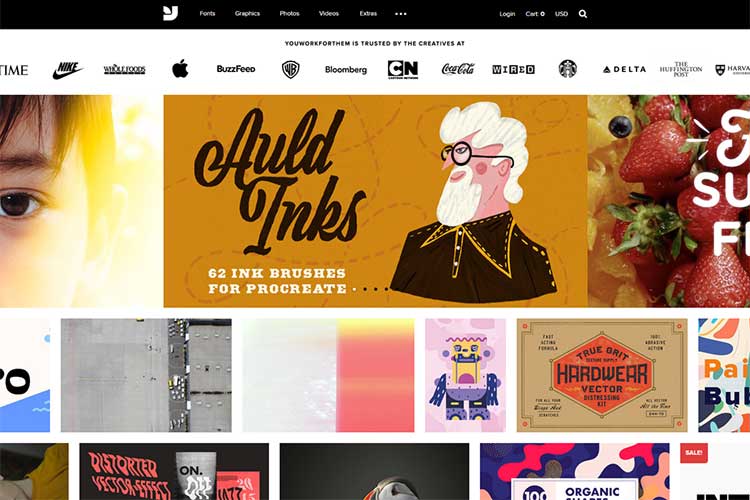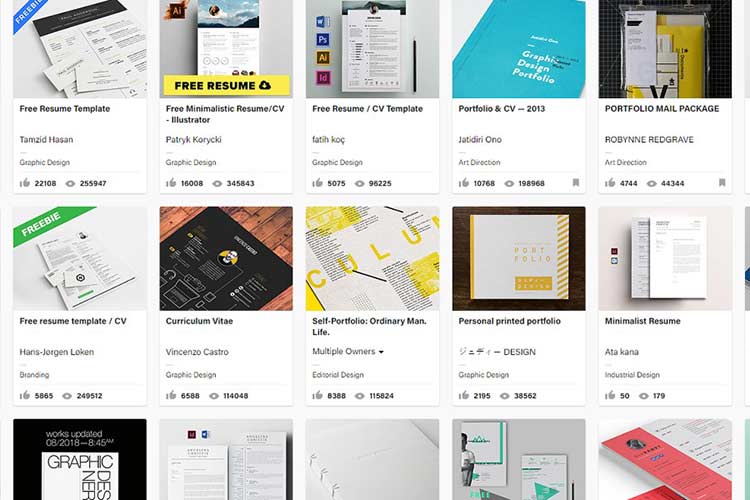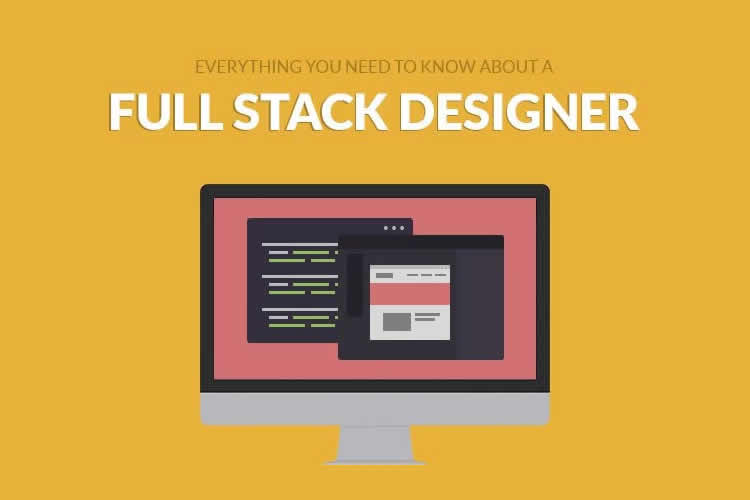So you’ve decided that you want to create websites for a living. But there’s more to it than that. Websites are made up of their initial design concept, the front-end, its functional user interface and the back-end that keeps everything running smoothly.
While these jobs have large differences, they also overlap in many ways – so it can be difficult to know what to choose. Let’s break down the job requirements of a web designer and developer so you can pursue the career that suits you!
Web Design and Graphic Design
Web designers possess a varied skill set that ranges from simple front-end programming to graphic design. Your tools of the trade are Adobe Photoshop, Illustrator, and Dreamweaver (or equivalent programs). Knowledge of HTML and CSS is all but necessary and a bit of JavaScript doesn’t hurt, either.
On many jobs, you’ll start by making a mockup, template or wireframe to nail down the overall look and feel of the site. You’ll implement the right images, the perfect font and best-looking colors. Plus, you can usually expect lots of tweaks and revisions from the client.
Once the client is happy, you may need to create a prototype of the website with code. Not all web designers code, but generally it’s best to learn these skills.
Creativity and a love of art is, of course, required – but if you’re not an artist, don’t worry! These abilities can be nurtured. Start practicing with mockups or CMSes today, and you’ll become an adept designer with practice.
If you want nothing to do with programming, graphic design could be the right decision. Whether you’d love to create website mockups, icons, logos or all of the above, you can focus on honing your artistic prowess.

Web Development
Generally speaking, there are two main types of web developers: front-end and back-end developers (or full-stack developers who are skilled at both). Front-end developers create the look of the website while working with HTML, CSS and JavaScript/jQuery. It’s very important to craft a user interface that feels as good as it looks, so an understanding of design goes with this job.
Back-end development is for those who wish to create the backbone of a website: the databases, servers and behind-the-scenes applications. Languages include Ruby, PHP, Python and SQL. You don’t need to know all of these; some are suitable for different situations, but many others heavily overlap. Research these languages, try them out and see what you like.
Web developers often work with others, so teamwork should be a strength. And you’ll most likely need to pick specialization(s) – in interface design, e-commerce, databases and so on. Do lots of research and practice to find what you enjoy!
The downside: programming can be very difficult to learn. If you’ve never tried, be ready for hours of frustration and confusion. But if you can get used to it and get your basics down, it gets much easier.

Which to Choose?
Now that you know generally what it’s like as both a web designer and developer, what to be?
These jobs can be similar. Both web designers and front-end developers require technical and artistic skill. Whether artist or programmer, the job takes a long time to learn and years to perfect. And you both have the common goal of produce a website that’s beautiful and easy to navigate!
It comes down to this: how much time do you want to spend on artistic or technical work? If you can’t wrap your head around HTML, try focusing on graphic design. Love art but don’t mind CSS and HTML? Web design is perfect. If you enjoy designing as much as coding, try front-end development. And if you just want to get into the nitty-gritty of programming and website optimization, back-end development is the way to go.

If you still can’t choose, you can always be a web designer and developer!
Just remember: don’t let any lack of expertise hold you back! Anyone can learn to program, just as anyone can learn to design. Both of these equally difficult fields take years of dedication, practice and time – so pursue what makes you happy.
This post may contain affiliate links. See our disclosure about affiliate links here.



